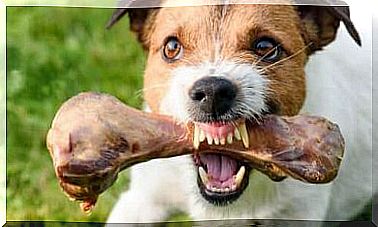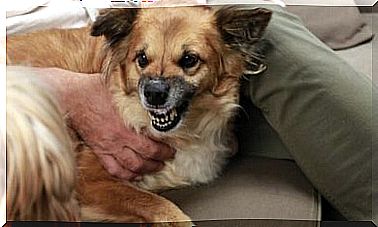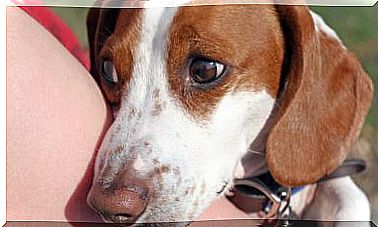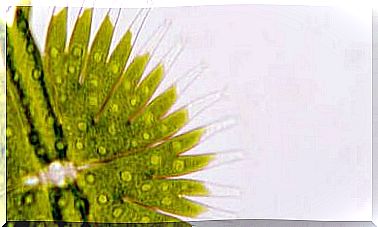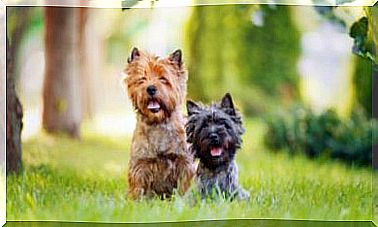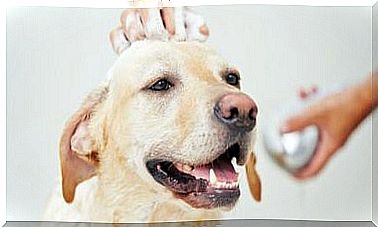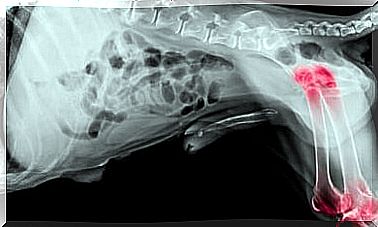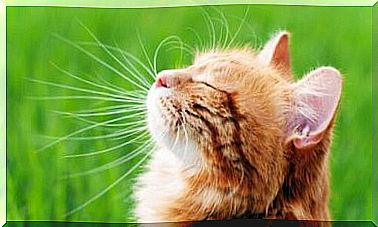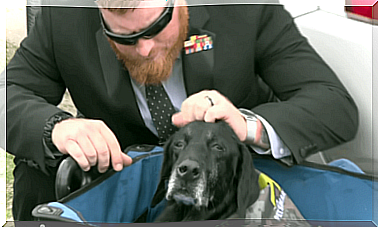Barbet: The Very Special Water Dog
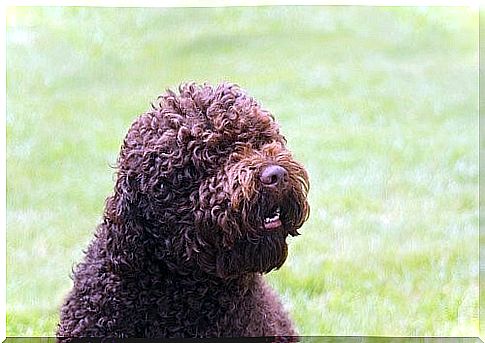
Today we’re talking about a unique breed of water dog: the barbet. Maybe you’ve seen one before, but you didn’t recognize it. Here’s everything you should know about him. You might even want him as your next pet.
Everything you should know about the barbet
History and origins
It is said that this breed is the oldest in Europe and that they are probably the most distant ancestors of the poodle. The Barbet was used in its beginnings as a hunting dog to collect not only waterfowl, but also fallen arrows.
Its origin is still being debated and there are different opinions being debated: Poland, Spain or America. There are also some who claim that it came from North Africa and that it came to Spain during the Arab invasions thousands of years ago and later spread across Europe.
Although this happened in the 14th century, he wasn’t known as Barbet until the 15th century. The sad fact is that the larger barbets disappeared at the same time as the water hunt.
Characteristics of the barbet
This type of water dog is characterized by abundant, long, woolly, and curly fur. Its fur is also connected by different strands that protect it from water, as well as from high and low temperatures, if necessary.
head
Its head is round and broad (with a very developed forehead), the face is short, and the nose is black or chocolate brown. His lips are thick and his muzzle is very short and angular, his eyes are round with very thick eyebrows and long hair that falls on his face. Its ears are lower than those of other dogs. They hang falch and are covered with a lot of fur and thus protected.
body
Its body is long with a short neck, a broad chest. In general he is very developed and strong. Its limbs are straight and muscular, with strong bones, and always covered with a large amount of fur.
The back of the barbet has a slightly convex shape, its hips are arched and very strong. Its tail is also more down, although it has a hook-shaped rise.
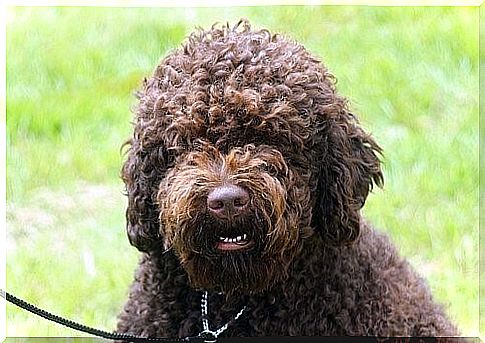
fur
Its fur is very thick, long, woolly, curly or wavy . It is difficult to handle and comb as it always accumulates in thick strands. The approved colors are gray, black, brown, beige, white-brown and black-white.
Behavior and character of the barbet
The barbet is a very active, lively dog, but at the same time it is docile. As a good water dog, he likes sports and exercise in the water, he loves to swim and splash around, and he will never run away if you call him for his monthly bath.
He is even-tempered and calm, very family-friendly and able to develop a very strong bond with his owner. He is patient and loving with children, and he loves having families. No specimen has ever shown an aggressive bias. As a watchdog, he will fulfill his role by warning when he sees something strange.
maintenance
From a young age you have to socialize him and train him with a lot of love, but in a strict way, because as he grows he can tend to be dominant. He needs a large amount of exercise, especially if he lives in a small area in the city. He should run a lot, if possible on a beach where he can give free rein to his instincts.
Its fur should be detangled daily. The stripping technique is important to prevent knots.
Because of their love of water , these dogs can suffer from respiratory diseases such as tracheitis and bronchopulmonism. It is therefore advisable to dry the animal with a towel after each bath.
Before you think about a barbet, you should think twice about whether you can groom it appropriately.
